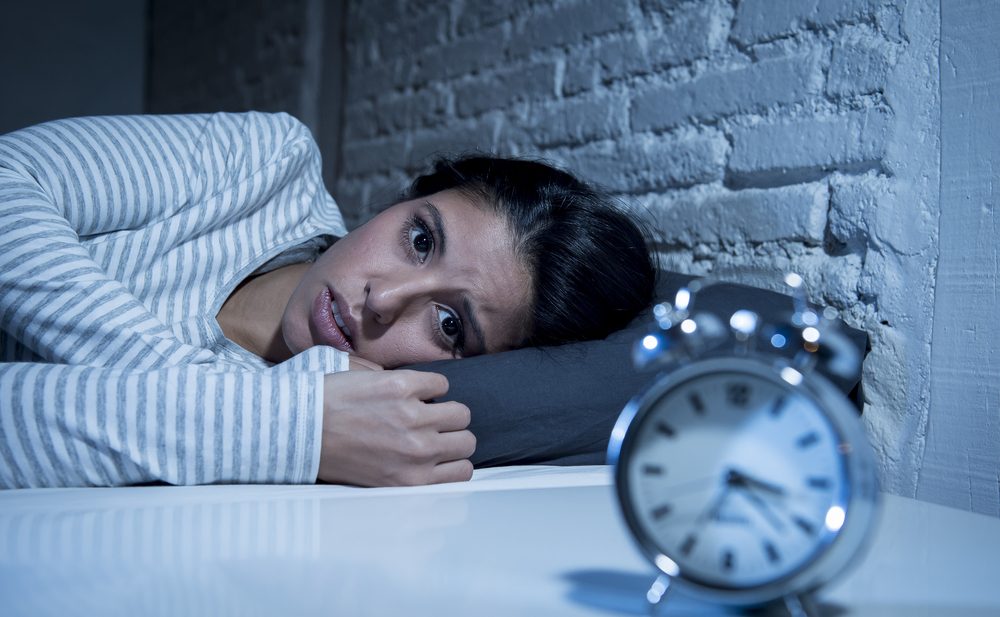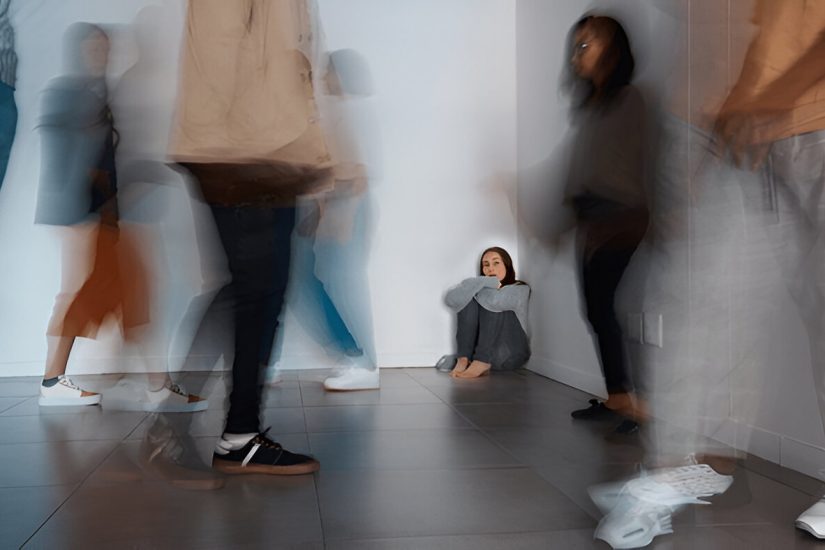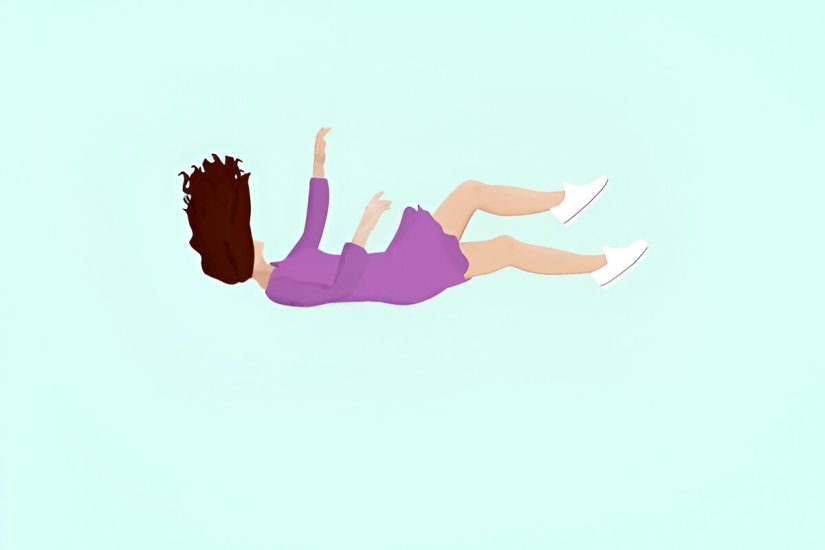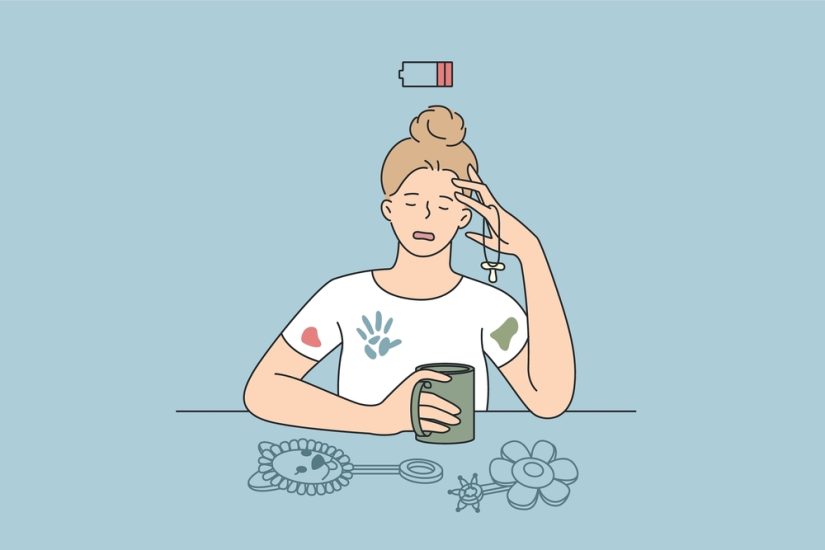- August 17, 2023
- by Shalini Murmu
- Anxiety
In the middle of something important, and suddenly your heart starts pounding like it’s trying to win a race you didn’t sign up for. Anxiety paired with fear can make one feel like having a little gremlin in the head, whispering all these “what if” scenarios that probably won’t happen, but they feel super real. Your palms might get sweaty, your stomach ties itself in knots, and you just can’t shake off the feeling that something bad is about to happen. Even things that seem totally normal, like answering the phone or sending an email, can become these big hurdles. You might start second-guessing yourself and worry that you’ll mess up in some epic way. These emotions, often triggered by stress or uncertainty, can lead to a cascade of physiological responses that affect both mind and body. But can fear and anxiety go so far as to induce hallucinations – those surreal and often unsettling perceptions of things that aren’t really there?
Fear And Anxiety
While dealing with anxiety and fear, our body has a are natural responses to perceived threats or uncertainties. Fear is typically a reaction to an immediate danger, while anxiety tends to involve apprehension about future events. Both emotions can set off the body’s “fight or flight” response, releasing adrenaline and heightening sensory awareness. The brain’s amygdala, a key player in processing emotions, becomes hyperactive during panic attacks and anxiety. This heightened activity can influence various brain regions, including those responsible for sensory perception. When high-functioning anxiety takes hold, the brain’s delicate balance can be disrupted, potentially opening the door to hallucinatory experiences.
Abnormalities In Cortisol Levels
Moreover, when a person has an anxiety disorder, stress hormones like cortisol take center stage. These hormones, which surge in response to stressful situations, affect brain circuits responsible for regulating emotions and sensory perceptions. An overabundance of cortisol can disturb the equilibrium, leading to sensory distortions and even hallucinations.
Different Types Of Hallucinations
Hallucinations can affect any of the five senses (sight, hearing, touch, taste, and smell) and can be quite unsettling. Here are some different types of hallucinations:
- Auditory Hallucinations: One of the most common types of hallucinations is the auditory one. This leads people to hear sounds, voices, or noises that lack a physical presence. Such voices might seem to originate within their minds or from sources outside themselves.
- Visual Hallucinations: People tend to see things that escape the attention of those around them. These can range from basic patterns or lights to complex scenes and objects. Visual hallucinations can be associated with various conditions, including certain neurological disorders.
- Tactile Hallucinations: People with tactile hallucinations feel sensations that are devoid of reality. It could be a sensation of being touched, poked, or even experiencing pain without any physical cause.
- Olfactory Hallucinations: These involve smelling odors that lack a tangible source. Someone might perceive a specific smell, like a certain food aroma or an unpleasant odor, even when there’s nothing around to cause it.
- Gustatory Hallucinations: These involve experiencing tastes of non-existent tastes. Someone might taste something, such as a particular flavor or sensation, without any corresponding sensory input to warrant it.
- Somatic Hallucinations: These are sensations within the body that may feel as though something is crawling on the skin, experiencing internal discomfort, or having unusual bodily sensations.
- Proprioceptive Hallucinations: In this type, there’s a distortion in how one perceives their own body’s position or movement. Someone might feel as though their limbs are in a different position or moving in ways that do not align with their actual movements.
- Hypnagogic and Hypnopompic Hallucinations: These particular hallucinations emerge during wakefulness and sleep (hypnagogic) or between sleep and wakefulness (hypnopompic). They can involve vivid visual or auditory occurrences and can occasionally be confused with either dreams or reality.
- Command Hallucinations: These are a specific type of auditory hallucination where the person hears voices that command them to do certain things. These commands can vary from harmless to dangerous and can be associated with conditions like schizophrenia.
- Complex Hallucinations: Some hallucinations are more elaborate and involve multiple senses all at once. For example, someone might hear a voice, see an image, and feel a sensation at the same time.
Hallucinations aren’t just linked to anxiety disorders or panic attacks. They can actually sprout from various other mental health situations as well. It’s kind of surprising how often we don’t stop to think that there might be an underlying mental health aspect to many of the hurdles life throws our way.
Anxiety Treatment And Recovery
Dealing with anxiety disorder and constant panic attacks can be tough. Fortunately, there are approaches designed to alleviate the anxiety symptoms. These strategies often include psychotherapy, where skilled therapists provide a structured environment to explore those unsettling thoughts, emotions, and behaviors contributing to anxiety and fear.
Additionally, medications can be prescribed by medical professionals to manage severe symptoms and provide anxiety relief. Lifestyle modifications, such as regular exercise, mindfulness practices, and maintaining a balanced diet, are also integral components of managing anxiety.
It is crucial to emphasize that seeking guidance from mental health professionals is imperative for a complete and lasting mental health recovery. Their expertise ensures personalized treatment plans, fostering a path toward effective anxiety management and improved overall well-being. If you or someone you know is grappling with anxiety, don’t hesitate to reach out for the specialized assistance you deserve.
North America Behavioral Health Services
Want to help someone out of panic or anxiety disorder? Your search ends here!
North America Behavioral Health Services is here to help you get to mental health centers that qualify for your specific needs. Our team of mental health treatment consultants is available round-the-clock to address any mental health inquiries you may have. Leverage our expertise and recommendations to attain the recovery you’ve been longing for.
















